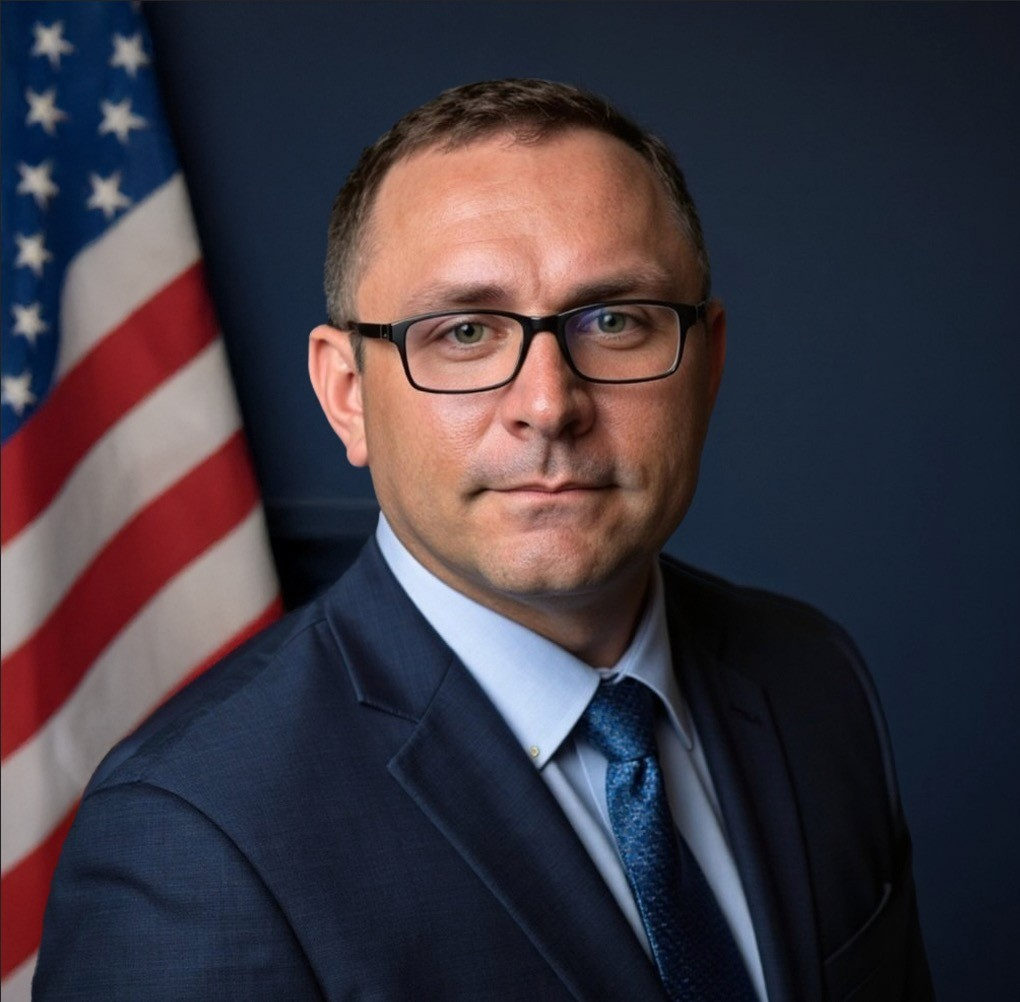Brad Philipbar is the AFAF Fox Exercise & Wargame Senior Fellow at the U.S. Air Force Academy’s Institute for Future Conflict, a distinguished Fox Fellowship dedicated to advancing cadet readiness for future operational challenges. In this capacity, he conceives and directs cadet-integrated exercises and analytic wargames across USAFA’s academic, training, and competitive domains, utilizing the Academy’s Multi-Domain Laboratory. He also contributes to the design and execution of the Academy’s Fall and Spring culminating exercises, supports the Dean of Faculty and the Department of Military and Strategic Studies in developing wargaming scenarios for cadet education, and assists IFC with the design and facilitation of tabletop exercises. His work blends digital engineering and AI-enhanced modeling and simulation into decision-oriented campaigns, reinforcing cadet operational reasoning and enhancing IFC’s cross-Academy contributions.
Philipbar’s areas of expertise include space systems, missile defense, hypersonics, and nuclear deterrence. He has architected enterprise digital engineering frameworks, integrated space-based sensing into joint sensor-to-shooter kill webs, and led cross-sector coalitions—including government agencies, FFRDCs, and industry—to produce validated models, digital twins, and live-virtual-constructive environments that support test, evaluation, and operational planning.
Earlier in his career, he contributed to computational physics and high-performance computing, advanced multi-physics code development, and post-processing software for experimental particle-detector instrumentation for liquid-argon time-projection chambers. He also developed optical and diagnostic systems for range operations and managed a technical imaging venture.
As a former GS-15 (NH-04) federal civilian with the Department of Defense, he provided senior leadership in Joint Task Force–aligned initiatives, warfighter integration, warfighter effectiveness, and the design of exercises and wargames—alongside digital engineering, modeling and simulation, and acquisition integration. His academic background includes a Master of Science in Mechanical Engineering and a Bachelor of Science in Physics, complemented by professional memberships in AIAA, ASME, NDIA, and SISO.
His published work includes contributions to Physical Review Letters, Nuclear Instruments and Methods in Physics Research Section A, and Numerical Heat Transfer, as well as technical reports and proposals addressing digital engineering and space system architectures.

